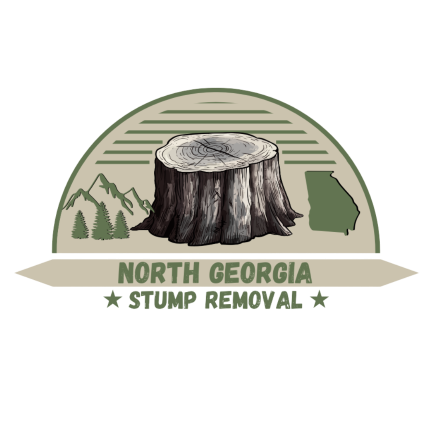How does wood density affect stump grinding?
Understanding Wood Density in North Georgia
If you’re a homeowner in North Georgia, you may be familiar with the beautiful hardwood forests that dominate our landscape. However, when it comes to stump removal, understanding the different wood densities of trees in our area can make a significant difference in how we approach the task.
What is Wood Density?
Wood density, often measured in pounds per cubic foot, refers to the mass of the wood in relation to its volume. It’s an important factor in stump removal because it affects how easily a stump can be removed, whether through grinding, pulling, or chemical methods.
Common Tree Species in North Georgia
North Georgia is home to a variety of tree species, each with its own density:
Southern Yellow Pine
Density: Approximately 30-40 lbs/ft³
Characteristics: This is one of the most common trees in our region. Its moderate density means it can be relatively easy to grind, but larger stumps may still pose challenges.
White Oak
Density: About 45-55 lbs/ft³
Characteristics: Known for its strength and durability, white oak is denser than many other hardwoods. Stump removal can take more effort due to its toughness, requiring specialized equipment.
Red Maple
Density: Roughly 35-45 lbs/ft³
Characteristics: This tree has a moderate density, making its stumps easier to manage. However, the presence of roots can complicate removal.
Sweetgum
Density: Approximately 30-40 lbs/ft³
Characteristics: Sweetgum trees are known for their star-shaped leaves. Their stumps can be easier to remove, but they often have a complex root system that may require extra work.
Hickory
Density: Approximately 40-50 lbs/ft³
Characteristics: Hickory is known for its toughness and shock resistance. This dense wood makes stump removal more challenging, often requiring robust equipment. Hickory stumps can be stubborn due to their strong roots, so planning for extra effort may be necessary.
Implications for Stump Removal
Understanding the density of these common trees is crucial for effective stump removal. Here are a few key takeaways:
Equipment Needs: Denser woods require more powerful grinding equipment. If you're dealing with hardwoods like oak or hickory, ensure you have the right tools to handle the job.
Time and Effort: The denser the wood, the longer the removal process may take. Be prepared for additional time if you're working with tougher species.
Techniques: For larger, denser stumps, you may need to consider alternative methods, such as professional grinding or using chemical stump removers to break down the wood over time.
Conclusion
When it comes to stump removal in North Georgia, knowing the wood density of the trees in your area can save you time, effort, and potentially money. Whether you choose to tackle the removal yourself or hire a professional, understanding these characteristics will help you make informed decisions and ensure a smoother process.
If you have a stump that needs removal, or if you’re unsure about the best approach based on the tree species in your yard, don’t hesitate to reach out to North Georgia Stump Removal. We’re here to help you navigate the challenges of stump removal, ensuring a clean and safe outdoor space.
